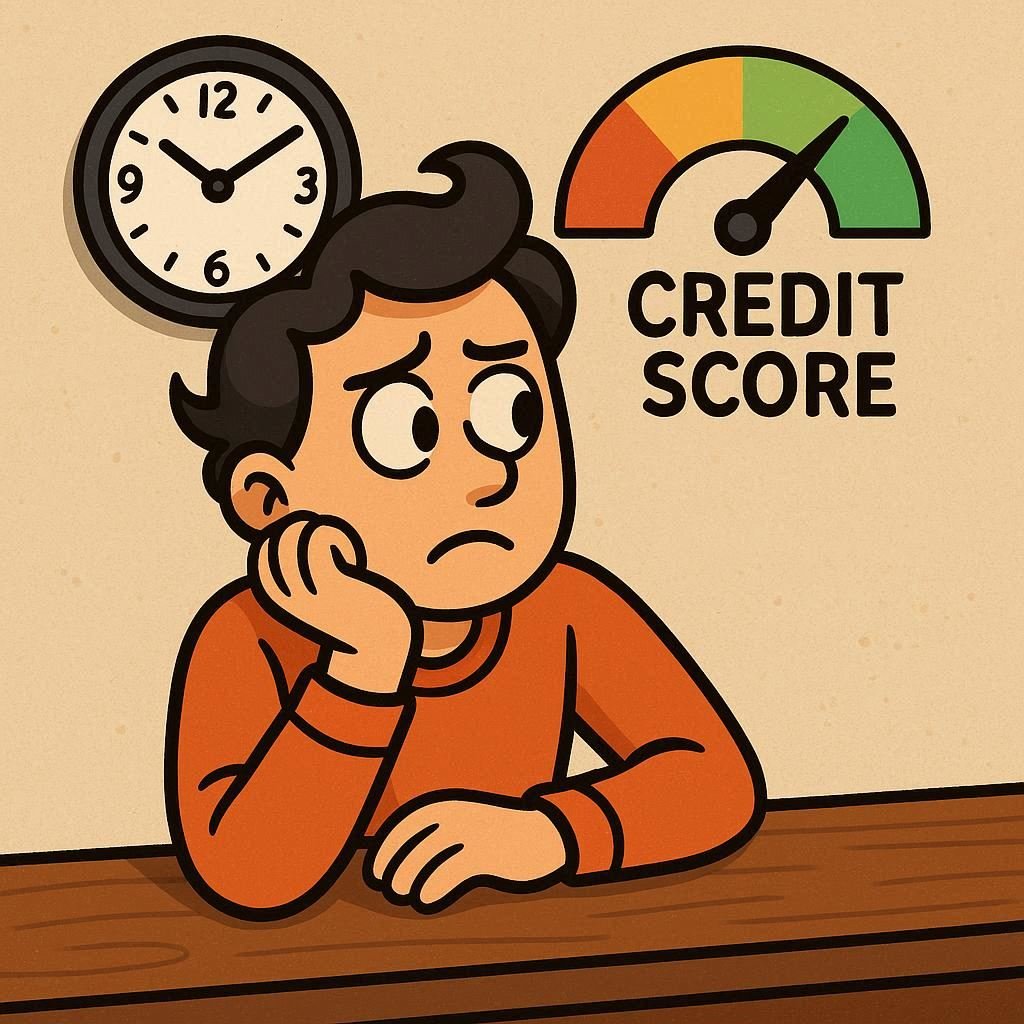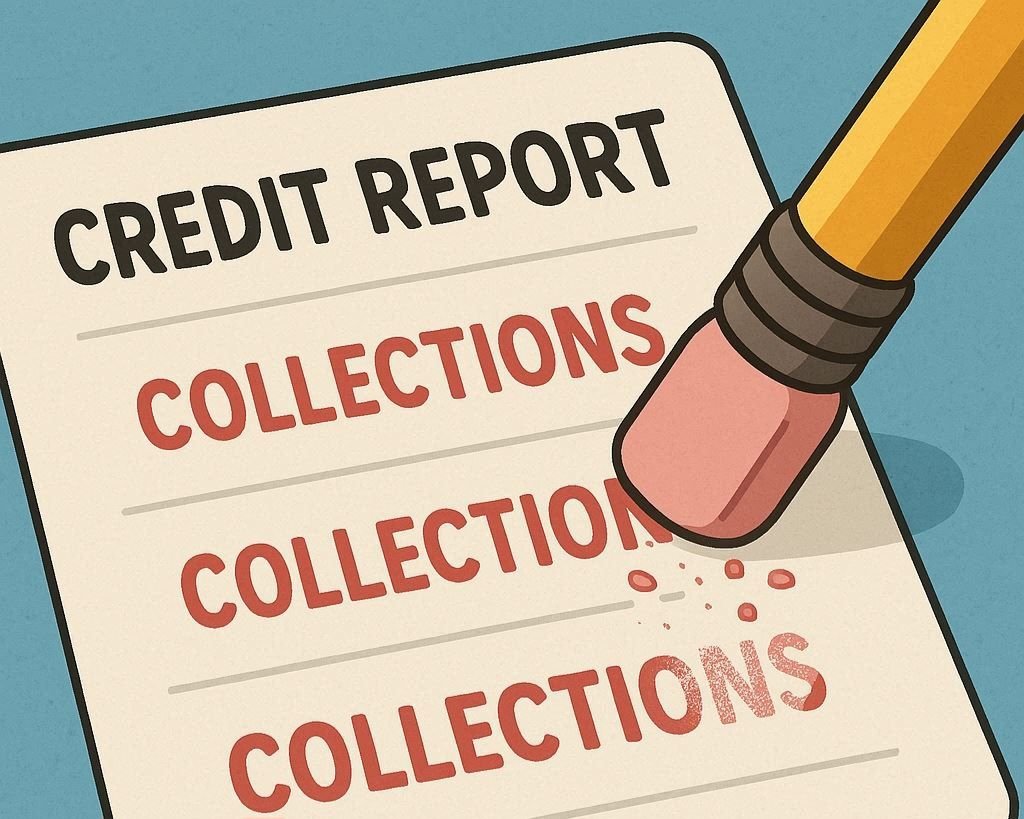If your credit score has taken a hit, one of the first questions you probably have is, “How long will it take to rebuild my credit?” The answer depends on your starting point, the types of negative marks on your report, and how consistent you are with your credit habits moving forward. While you won’t see a perfect score overnight, steady progress is possible—and in some cases, you may start noticing improvements in just a few months.
Why Credit Repair Takes Time
Your credit score is based on years of history, not just a snapshot of your most recent activity. Late payments, collections, charge-offs, or bankruptcies can remain on your credit report for up to seven years. Even though these marks eventually lose their impact over time, they still influence your score while they’re on record. Rebuilding credit means creating a track record of responsible financial behavior that slowly outweighs past mistakes.
Factors That Influence the Timeline
Not all credit situations are the same. Here are the main factors that determine how quickly your score can improve:
- Severity of Negative Marks: A single missed payment is easier to recover from than a foreclosure or bankruptcy. Learn how long negative marks can stay on your credit.
- Current Credit Score: If you’re starting in the low 500s, you’ll need more time than someone who’s in the high 600s.
- Types of Accounts: Having a mix of credit cards, installment loans, and other accounts helps show responsible credit use.
- Payment History Going Forward: Making on-time payments every single month is the single most important factor.
Short-Term Improvements (3–6 Months)
While you can’t erase all negative marks instantly, there are steps you can take to see early progress:
- Dispute Errors: Check your credit report for inaccurate information and dispute anything that shouldn’t be there. You can learn how to dispute errors directly with the credit bureaus by visiting Experian.
- Pay Down Credit Card Balances: Lowering your utilization rate can boost your score quickly.
- Set Up Automatic Payments: Ensures you never miss a due date again.
- Add Positive Accounts: Becoming an authorized user on a responsible person’s credit card can help if their account has a good history.
Medium-Term Progress (6–12 Months)
Once you’ve been consistent for half a year or more, you’ll likely see more noticeable gains. Here’s what to focus on:
- Keep Credit Utilization Low: Aim for below 30%, and ideally under 10%, of your available credit limit.
- Open New Accounts Carefully: Too many new applications can hurt your score, but the right account can help diversify your credit mix.
- Continue Paying on Time: This ongoing positive history will start to outweigh older negative marks.
Long-Term Recovery (1–3 Years)
For deeper credit damage, especially after major events like bankruptcy, full recovery can take a few years. That’s because certain negative marks need time to age off your report. However, lenders will look at your recent history more than your oldest mistakes, so good habits can still open doors to better credit opportunities long before your report is completely clean.
Long-term strategies include:
- Maintaining Accounts for Age: The longer your credit history, the better for your score.
- Using Credit Responsibly: Continue making small purchases and paying them off in full each month.
- Monitoring Your Credit: Regularly check your reports and scores to catch issues early.
When to Expect Big Milestones
- 30 Days: You may see small bumps from paying down debt or removing errors.
- 3–6 Months: Consistent on-time payments and low utilization start to have an impact.
- 12 Months: Many moderate negatives have less effect, and your positive history is growing stronger.
- 2–3 Years: Significant recovery from major credit events, especially if you’ve avoided new negatives.
Staying Motivated During the Process
Rebuilding credit is all about managing it wisely. It’s easy to get discouraged if your score doesn’t jump immediately, but remember—credit scoring models reward consistency. Even small changes today can create major improvements in a year or two.
It also helps to track your progress monthly, so you can actually see the results of your efforts. Whether you use free score monitoring tools or your bank’s credit dashboard, the steady climb can keep you motivated.
The Bottom Line
While there’s no universal timeline for rebuilding credit, most people start to see positive changes within a few months of consistent effort, with more substantial improvements over the course of one to three years. The key is simple but powerful: pay on time, keep your balances low, and avoid taking on unnecessary debt. Over time, your hard work will pay off in the form of better loan terms, lower interest rates, and greater financial freedom.





